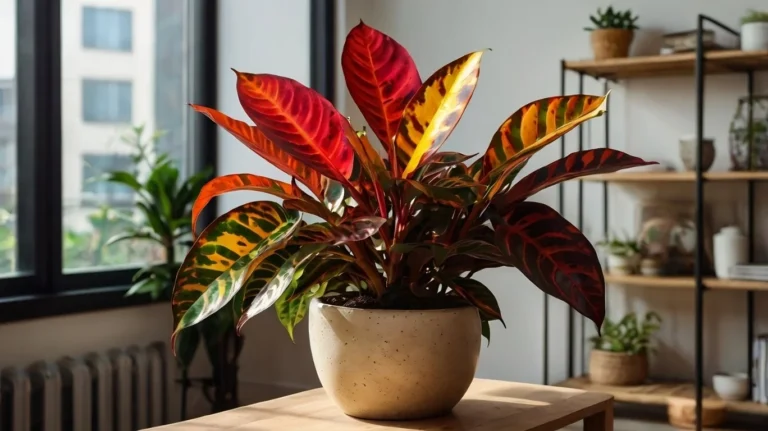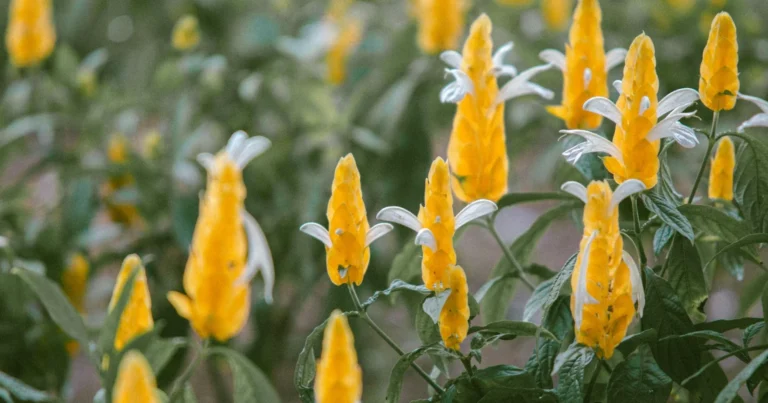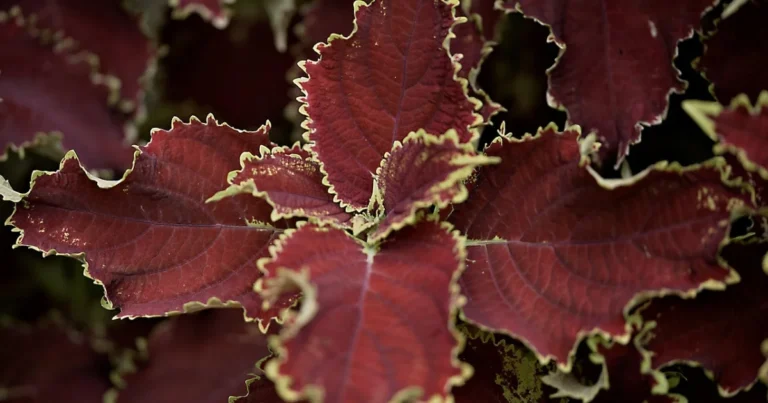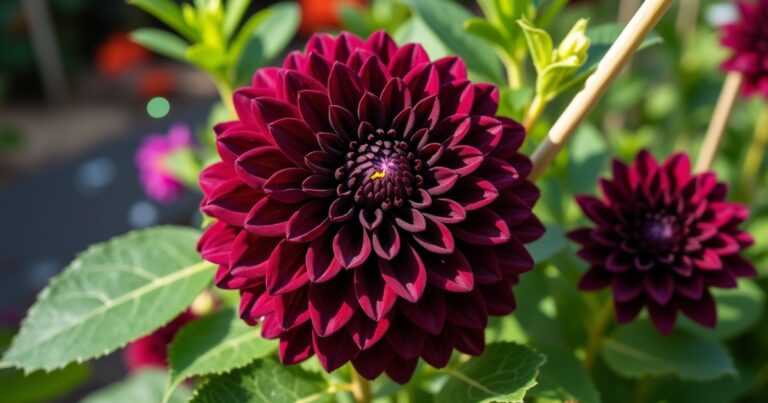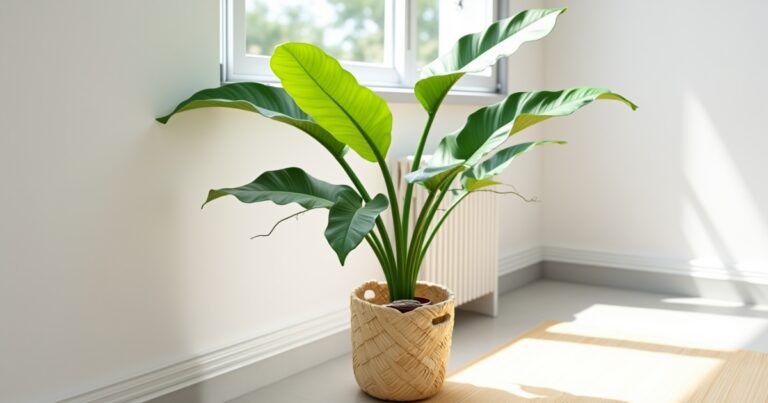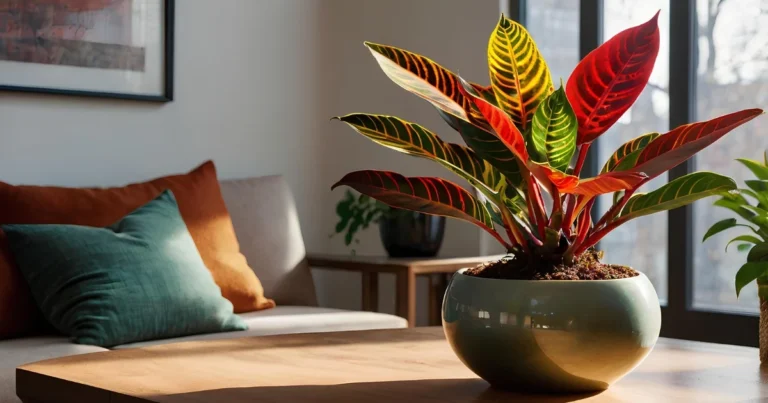Hens And Chicks Plant Care: Easy Tips For Thriving Succulents
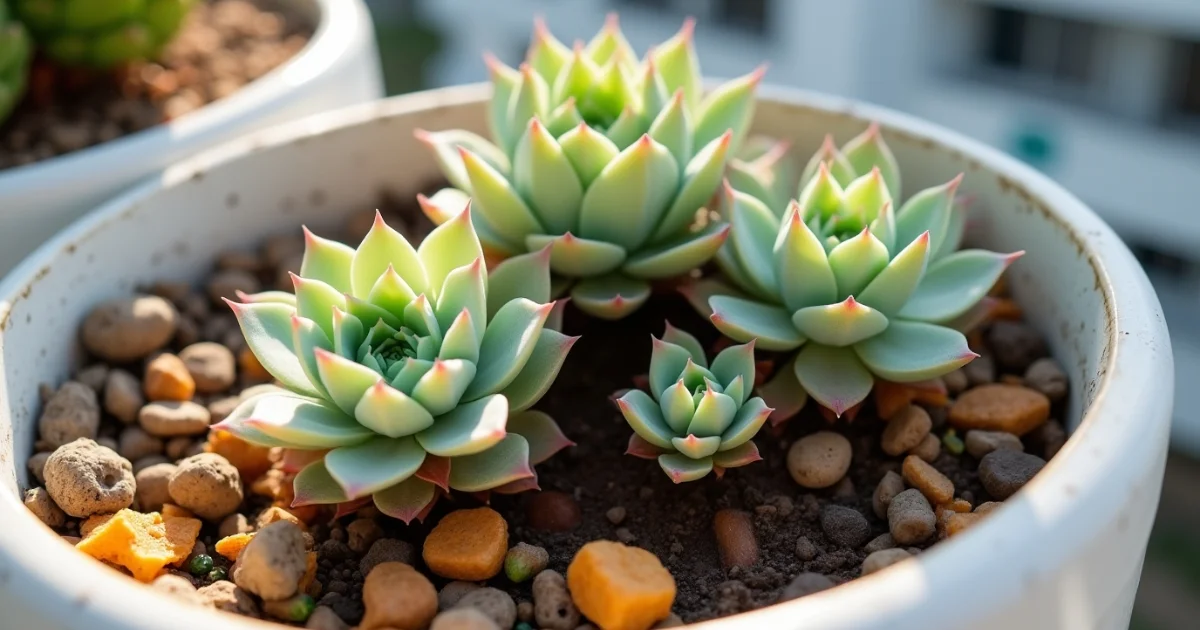
I remember the first time I came upon the hens and chicks plant growing on the garden wall of my grandma. These lovely succulents seemed to go against common sense for gardeners. They prospered in small, neglected areas. Their resiliency grabbed me right away.
Plant lovers and gardeners, get ready to delve into the realm of hens and chicks plants. This luscious promises simplicity and beauty. These little plants are low maintenance regardless of your level of experience in gardening. With little work, they provide your areas vitality and color
The hens and chicks is not just another garden variety. These amazing succulents need shockingly little care and provide amazing visual displays. They are a great addition to rock gardens, container plantings, and landscape designs because of their unusual growth pattern—where adult plants create tiny offspring around them.
This book will reveal all you need to know about tending to these wonderful succulents. From knowledge of their natural habitat to mastery of care methods, we will guide you in building a healthy home for your hen and chicks.
Table of Contents
Understanding Hens and Chicks Plant Basics
Fascinating succulents that captivate gardeners and plant aficionados are hens and chicks plants. These unusual plants fall within the Sempervivum genus. They are quite adept in demanding surroundings. Ground covers, container plantings, and rock gardens all find favor for their unique growth pattern and sturdiness.
Origins and Natural Habitat
Originally from mountainous parts of Europe and North Africa, hen and chicks plants have evolved to thrive in rocky, alpine settings. These hardy succulents typically grow in areas with:
- Steep, rocky terrain
- Limited soil resources
- Extreme temperature variations
- High altitude environments
Different Varieties and Species
The world of hens and chicks plants is incredibly diverse. Some popular varieties include:
| Species | Unique Characteristics |
| Sempervivum tectorum | Classic rosette shape with deep green coloration |
| Sempervivum arachnoideum | Webbed appearance with soft, white hair-like growths |
| Sempervivum calcareum | Striking purple-tipped leaves with geometric patterns |
Growth Patterns and Life Cycle
Plants of hens and chicks have a special approach of reproduction. Little offsets known as chicks, produced by the mother plant (hen), surround her base. Eventually, these chicks can build fresh clusters and establish their own root systems. Fascinatingly, every hen is monocarpic—that is, it will bloom once in lifespan and then die after producing seeds.
Knowing these foundations will enable you to value the amazing qualities of hens and chicks plants. It will also offer these tough succulents greater treatment.
Perfect Conditions for Your Succulents
You must know what your hens and chickens like if you want them to be happy plants. These resilient succulents thrive in circumstances reminiscent of their natural habitat.
The health of your succulents depends much on light. They love:
- Minimum six hours of direct sunlight everyday
- Full sun in colder regions
- Partial shade in highly sunny locations
These species also excel at handling cold. USDA hardiness zones 3–8 allow them to reside. They can so manage low winter temperatures as low as -40°F.
A hardiness zones 3-8. This means they can handle winter temperatures as low as -40°F.
Important to prevent fungal issues are humidity and air flow. Your succulents thrive with:
- Low to moderate humidity.
- Good air movement.
- Space between plants to prevent moisture buildup.
Whether your project is an interior succulent display or an outdoor rock garden, knowledge of these factors will ensure your plants flourish.

Proper Soil and Container Requirements
You must understand soil and containers if you wish your chicks to flourish. These plants enjoy rocky surroundings, hence we must design something like that for them.
Perfect Soil Combining for Drainage
A healthy hens and chicks plant depends critically on good drainage. To prevent root rot, your soil mix should be light and let water go through quickly. You need as follows:
- Potting mud: Choose a mix designed for cactus or succulents.
- Coarse sand for better drainage.
- Perlite to aid with air.
- Small gravel or pumice stones.
Choosing the Right Containers
Consider size and drainage as you choose containers. Plants like hens and chicks want tight quarters to prevent dampness.
Good container materials include:
- light plastic containers.
- Ceramic with holes for drainage
- Terracotta “great for managing moisture, and clay”.
Outdoor vs Indoor Planting Options
Hens and chicks plants thrive in many environments. Inside pots have controlled conditions; outdoor rock gardens offer natural drainage and sunlight.
Look for sites for outdoor planting with:
- partial sunlight,
- well-draining rocky or gravel areas,
- protection from severe weather.
Indoor gardeners can also cultivate these plants next to windows with lots of sunlight. Just keep eye on your soil and water.
Feeding and Watering Scheduling
Taking care of hens and chicks plants is mostly about striking the proper equilibrium. They demand just the correct balance of nutrients and water. Though their care is simple, their health depends on knowing their water requirements.
Imagine yourself as though you are in the desert, then water hen and chicks plants right. Employ the “soak and dry” approach. This implies:
- Allowing the ground to totally dry before watering once more.
- Deep but not too often watering.
- keeping water away from the leaves of the plant.
Seasonal changes in watering requirements. Here is a basic tutorial to enable your adjustment:
| Season | Watering Frequency | Notes |
| Spring/Summer | Every 7-10 days | Increase during active growth |
| Fall/Winter | Every 2-3 weeks | Reduce during dormant period |
Fertilizing hens and chicks is easy. Less is more in terms of nourishing them. Just during the growing season, use a half-strength exclusively balanced, water-soluble fertilizer. Give them sparing treatment to prevent damaging these hardy plants.
Look for clues of water stress. Yellow or translucent leaves imply too much water. Crisp, shrivelled leaves tell they require more water. Through their leaves, your plants will tell you what they need.

Typical Issues and Solutions with Hens and Chicks Plant
Knowing these problems will enable you to maintain your plants in good and vibrant state. Let’s look at the most often occurring issues together and their workable fixes.
Pest Management Strategies
Protecting your hens and poultry from pests calls both constant observation and quick response. Common invaders are:
- Aphids, little insects that gather on plant leaves.
- Mealybugs, white, cottony pests that harm succulent growth.
- Spider mites, tiny arachnids that build webbing on plants.
Quick pest control methods involve:
- softly brushing away bugs with a soft brush.
- Spray neem oil twice
- Treating severe infestations with insecticidal soap
Strategies for Preventing Disease
Starting with correct care, preventing infections in hens and chicks plants is Unchecked, fungal problems like root rot can destroy your succulents.
- Use sterile potting mix.
- Avoid overwatering.
- Provide great drainage.
- Preserve good air circulation.
Troubleshooting Growth Problems
Watch for these warning signs in your hens and chickens plant:
| Problem | Potential Cause | Solution |
| Stretched Growth | Insufficient Light | Move to brighter location |
| Color Changes | Nutrient Deficiency | Use balanced succulent fertilizer |
| Soft, Mushy Leaves | Overwatering | Reduce watering frequency |
Understanding these typical problems will help you to keep the lively and healthy state of your hens and chickens throughout their growth cycle.
Propagation and Maintenance Tips
Growing hens and chicks is entertaining and fulfilling. One can easily reproduce these succulents. For gardeners who like to expand without much effort, this makes them perfect.
There are several ways to spread hen and chicks plants:
- Separative offset
- leaf cuttings
- Split of developed clusters
Taking chicks “small offsets” from the mother plant is the easiest approach. These little plants flourish around the central rosette. Their roots let one gently peel them away.
These pointers help to ensure successful propagation:
- Wait until offsets roughly equal one-third the size of the parent plant.
- Make sure roots exist before division.
- Let cut surfaces callus for 24 to 48 hours before replanting.
| Propagation Method | Difficulty Level | Success Rate |
| Offset Separation | Easy | 90-95% |
| Leaf Cuttings | Moderate | 60-70% |
| Root Division | Advanced | 75-85% |
For hens and chicks, maintenance is basic. Eliminate dead leaves then stop their spread. Guard them also from severe winter. Your succulents will remain lovely and keep growing.
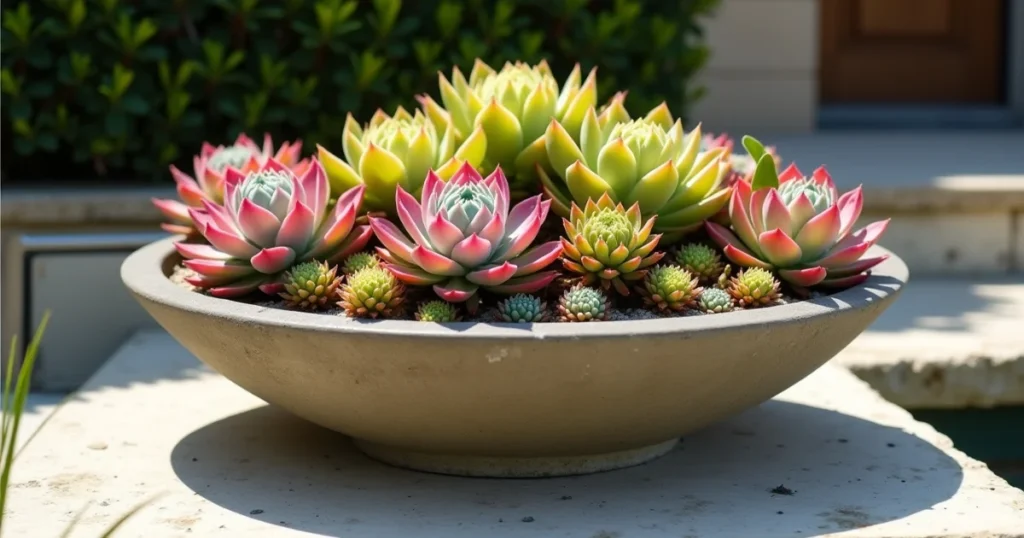
Conclusion:
For gardeners of all stripes, growing Hen and chicks is satisfying. These succulents look fantastic and are easy to look after. They can transform any interior or outdoor space.
Starting with hens and chicks plants is easy. They demand minimum pest treatment, the correct water level, and well-draining soil. They can be used to create a distinctive landscape element, embellish a window, or design a rock garden.
Every variety of hens and chicks plants have unique appearance and growth. Trying several can teach you more about gardening. Start small, choose lessons from experience, and see how your collection develops.
These herbs serve purposes beyond adornment. They demonstrate how adaptable and surviving nature can be. Growing these plants and beautifying your surroundings can delight you with careful and patient approach.
Are hens and chicks plants easy to grow?
Indeed, growing herns and chicks is really simple! For novices, they are fantastic and require minimal upkeep. They need little maintenance and can withstand several environments. These easy to care for plants will help you regardless of your level of gardening knowledge.
Can hens and chicks plants survive winter?
Absolutely! Hens and chicks are rather tough in cold. Their tolerance is for lows of -30°F (-34°C). These mountain-based plants grow to be accustomed to hard winters. Just watch that they have some protection from too much water and decent drainage.
How often should I water my hens and chicks plants?
Water them thoroughly but seldom. Before watering once more, let the ground dry totally. Spring and summer water every seven to ten days. Water is far less in winter since they are dormant and require far less.
Do hens and chicks plants need full sun?
Most hens and chicks prefer full sun to partial shade. Best growth and color come from at least six hours of direct sunlight every day. Some afternoon shade helps stifle burns in excessively hot environments. Indoor plants benefit from a large window filled with natural light.
How do I propagate hens and chicks plants?
Using these plants makes propagation simple! They spontaneously develop offsets—chicks—around the mother plant. Just take these tiny rosettes when they have their own roots and re-plant them in good draining soil. Though offset propagation is usually more successful and rapid, leaf cuttings can also be used.
What type of soil do hens and chicks plants need?
They require very well draining soil. Make your own by combining standard potting soil with sand and perlite; alternatively use a succulent or cactus mix. We want to stop root rot. Best is a mix of half sand or gravel.
Can I grow hens and chicks in containers?
Sure, they're fantastic in containers! Use a succulent-specific planting mix and pots with holes. Perfect for window boxes, vertical gardens, indoor décor, and rock gardens are they. Just be sure the container isn't overly large since they want close quarters.
Are hens and chicks plants toxic to pets?
Positive news for pets lovers! Generally speaking, hens and chicks plants are safe for dogs and cats. Although keeping pets away from plants is ideal, these succulents won't damage them should they be consumed. Eating too much, though, could make their stomachs unhappy.
How long do hens and chicks plants live?
Every rosette blooms once and then dies following seed production. The plant keeps growing though since it generates fresh offsets constantly. One planting can expand and flourish for many years under the correct care, developing into a living community.
Do hens and chicks plants bloom?
Indeed, they bloom, but very seldom and uniquely! A few years later the mother rosette blossoms in pink or crimson. Although many offsets will have grown to keep the plant alive, the mother rosette is withering.

